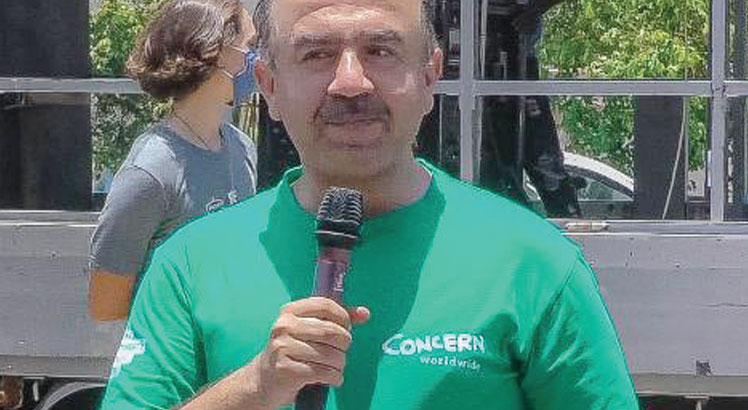2030 zero hunger goal under threat
The Global Hunger Index (GHI) says Malawi risks missing Sustainable Development Goal number two on zero hunger by 2030 despite government investing in the Affordable Inputs Programme (AIP).
The United Nations (UN) set 2030 as a year that nations, including Malawi should end hunger to ensure food availability for all.
The report, co-produced by Welthungerhilfe (WHH) and Concern Worldwide, indicates that Malawi is in serious hunger with about one million citizens feared to be unable to access food.

to end hunger
Launched on Wednesday in Lilongwe, the GHI outlines the status of countries around the world in the fight against hunger.
In the 2021 GHI edition, Malawi ranks 81st out of score of 21.3, Malawi has a level of hunger that is termed serious.
In the region, Tanzania ranks 92nd with a score of 24.7, Mozambique ranks 106th with a score of 31.3, while South Africa ranks 60th with a score of 12.9.
The hunger situation according to the report is compounded by the Covid-19 pandemic which is said to be reversing the food and nutrition gains achieved over the years as more people are pushed into poverty and exacerbating inequalities.
Reads the report in part: “The underlying factors such as poverty, inequality, unsustainable food systems, lack of investment in agriculture and rural development, inadequate safety nets, and poor governance—progress in the fight against hunger shows signs of stalling or even being reversed. Evidence shows current setbacks in the fight against hunger and suggests trouble ahead”.
The GHI score in corporates four component indicators, namely undernourishment, child wasting, child stunting, and child mortality.
Speaking during the launch, WHH country director Blanka Roberts said the report is produced to measure progress in eradicating hunger around the world.
The Wor ld Food Programme (WFP) deputy country director Marco Cavalcante said this year’s GHI report findings are very alarming and provide yet another ‘wake-up call’ to tackle the toxic cocktail of conflict, the climate crisis and the Covid-19 pandemic.
Said Roberts: “The major message in the report is that progress of eradicating hunger is slowing down wor l d w i d e . Mostly, because of malnutrition, child mortality, stunting, climate change and conflict in other countries and lately Covid-19.”
Concern Worldwide country director Yousaf Jogezai said Malawi has made significant progress in the last 20 years in combating hunger.
He, however, said there is more action needed as what is being done is not enough.
Civil Society Agriculture Network (Cisanet) national director Pamela Kuwali, expressed concern that the country is talking about bumper harvest and yet there is a case of over one million Malawians at risk of food insecurity.
Said Kuwali: “We need to ask ourselves questions like, is there something that we need to do? Even when we look at AIP ,it has a strong social protection aspect, but there are some issues we need to seriously look into such as the tendency of the country to depend upon rain fed agriculture. There is a need to invest in irrigation agriculture so that some farms can produce even when the rain season hasn’t been favourable for farming.”
She said the country has enough land, water and labour, including policies, to support production of food for the citizens every year.
Lilongwe University of Agriculture and Natural Resources agriculture economist Horace Phiri said despite huge investments in AIP, the country will still have people facing hunger.
He cited groups of people living in harsh climate environments such as in Balaka and Lower Shire where drought and floods occur annually.
The country has been implementing subsidies aimed at eradicating hunger but results have not been encouraging.
Despite government investing about K142 billion in AIP in the last financial year to ensure the population has adequate food needs, the Malawi Vulnerability Assessment Committee report found that 1.5 million people face hunger in the country.
Estimates from the Ministry of Economic Planning and Development; and Public Sector Reforms indicate that the vulnerable population will need 35 296 metric tonnes (MT) of maize valued at K7.94 billion.
Maize production is estimated at 4 581 524 MT in the 2020/21 agriculture season compared to 3 785 712 MT in the 2019/20, representing an increase of 21 percent.





